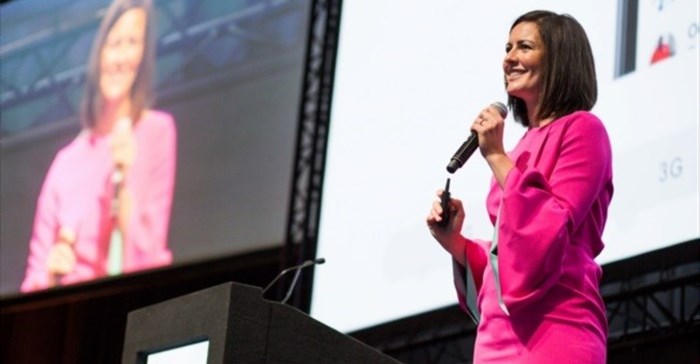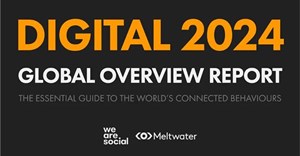Trending




 Sabre EMEA 2024 Awards: Razor PR, Retroviral top SA agenciesDanette Breitenbach
Sabre EMEA 2024 Awards: Razor PR, Retroviral top SA agenciesDanette Breitenbach
#Loeries2016: Creating thumb-stopping creative in the mobile revolution

Mobile in Africa
Based on Facebook’s research around this finding, Personette had some interesting top-line results to share pertaining to the African mobile market specifically.
Awareness: 52% of people who are not on the internet today, but learn about the internet, want to be on it. This means that connectivity and accessibility will continue to occur; and when this happens, economies will thrive.
Multi-access: There’s been a lot of industry speak about designing customer journeys across multiple devices, but when looking at the next billion people coming online, we’ll see a shift from multi-device to multi-access. Multiple people will be using one singular device and you’ll need to consider how that impacts design going forward.
Wi-Fi: Only 14% of people have used Wi-Fi, with the majority of these times being either at school or at work. Wi-Fi is a luxury.
Rich in relevancy
Personette urged the audience to participate in an exercise which involved us swopping mobile phones with our neighbour and browsing their Facebook feed. Nervous giggles erupted of course. Why? Because a mobile device is the most personal thing we own; from one’s collection of apps, to the way a social media feed is curated. It’s an experience that is entirely tailored to an individual. Personalisation, she says, is of critical importance in this day and age.
Personalisation all about relevancy. ‘Contextual relevancy’ was often spoken about in the past, but the new way of marketing is about ‘personal relevancy’. It’s about understanding who that person is and developing creative content that speaks to that individual, creating the most relevant experience for them.
But to understand individual mobile behaviour you need to be cognisant of the mobile mindset. Personette says that when people are on mobile, they’re in a discovery mindset. The surprise and delight that exists in checking social feeds to find out what’s new that day is an important concept to understand when creating personally relevant content.
“If you take the old practices of search and apply them to a mindset that is routed in discovery, you will miss. The bar is higher across the entirety of mobile experience, and that’s exciting!”
Also key to note, is that content is consumed faster on mobile. It only takes 1.7 seconds to consume content and a quarter of a second to recall that content. But how do brands stop thumbs? Because ultimately the thumb is in charge of the mobile device and any feed-based environment. “If you can stop the thumb, you can move hearts and grow business.”
Designing differently
According to Personette, if we look at the history of Facebook and its future, it’s not only mobile first but video first. Facebook has over 8 billion video views per day. As we head into 2020, the majority of feed will be video and this will continue to grow, she stated. But remember, designing for mobile feed is different. These are her key points to consider when designing to stop thumbs.
Capture attention quickly: Frontload context, put your brand up front, tell them what they’re going to see, and use engaging visuals. If it’s not going to stop people in their tracks, rethink the editing of the story. Stories have been designed to reel people in slowly and present the big reveal at the end, but this needs to be reversed.
Design for sound off: 85% of all video consumed on mobile, specifically on Facebook and Instagram, is done so with the sound off. When reviewing creative, always review it with the sound off and if the story cannot be followed without sound, rethink it. Use captions, use sub-titles, and use visuals that help people understand the narrative without the cue of sound.
Frame your visual story: The mobile device is smaller and is a different form, so think about how you’re framing your story. Think about how you use a square format, think about colours and how it renders on a mobile screen.
Play more: Many of the things that we’ve not even thought about yet, you will think about and experiment with. This will guide the future of what it means to connect in a real and relevant way and drive value. This boils down to just getting started.
Ending off, Personette urged the audience to "start by starting", and to not feel intimidated or overwhelmed by the influx of knowledge. "If you believe in the mobile revolution you are going to lead the creative revolution. Connected, we can create anything."
Also read why Sarah Personette believes Africa will lead the mobile revolution.










